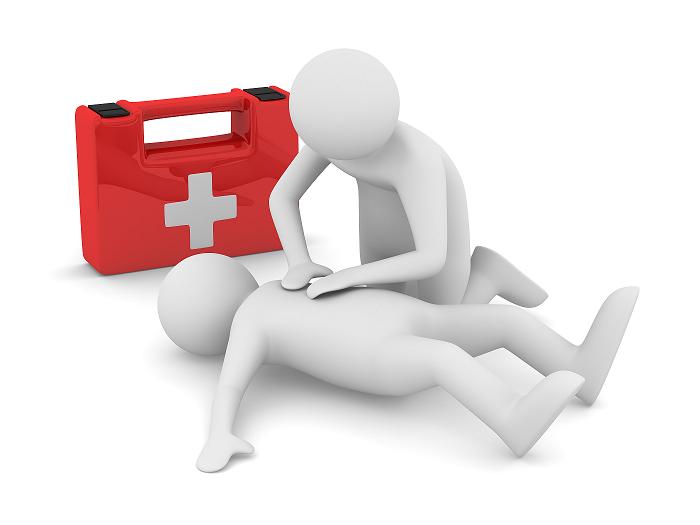First aid is a set of actions that allow, in emergency situations, to provide assistance to one or more people in a difficult situation, victims of physical or mental injuries or sudden illness, while waiting for the arrival of qualified rescuers.

What are the rules for first aid?
If you witness or participate in a dangerous event, try to stay calm and follow these rules:
- Assess the injured person’s and your own safety. If the place is dangerous, call emergency numbers and try to evacuate the injured person to a safe place.
- Assess the injured person’s condition and consciousness. Ask what happened. If the injured person hears you and responds, he or she is conscious. If there is no contact with him, place him in the recovery position.
- Open the airway. Remove visible foreign bodies from the mouth, then place one hand on the victim’s forehead and the other on his chin and tilt his head back.
- Assess breathing. Place your cheek against the injured person’s face. Do you feel the exhaled air on your cheek, see your chest move? The injured person is breathing.
- Call 112 and get help. If he is not breathing, perform CPR or use a defibrillator.
Emergency numbers
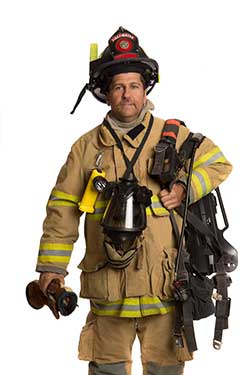
The emergency number throughout the EU
112
Police / Carabinieri
113
Fire Department
115
Roadside assistance
116
Ambulance
118
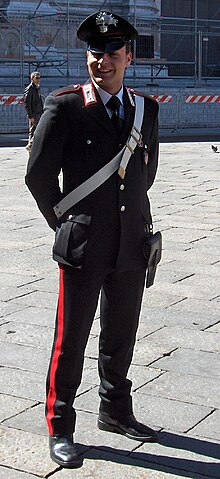
EHIC card
The EHIC card is accepted in Italy, and an injured tourist with this document will receive free medical assistance in the event of an emergency. It is the primary care physician who decides whether help is necessary and to what extent. However, in a situation of threat to health and/or life, the traveler should call the emergency number 112 or go directly to the hospital. Hospital treatment is free, but some services have to be paid extra – in Italy the principle of co-financing of treatment by the patient applies.
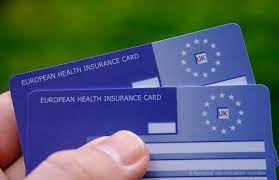
What is AED?
The AED defibrillator is a device that guides the rescue operation step by step, using voice and visual commands, in a safe way for the rescuer and the injured person, giving an electrical impulse. It was designed so that, unlike a hospital defibrillator, it can be used outdoors, in public places such as institutions, offices or sports centers. At the same time, due to its handy size, it is perfect as equipment for rescue services, city guards and police. Its idea is therefore easy and public access and simplicity of use, so that it can be used by anyone, even a medically untrained person. The abbreviation AED comes from English and means Automated External Defibrillator
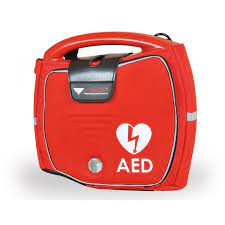
AED - meaning of the shortcut
AUTOMATIC – The AED defibrillator is a fully automatic device. This means that it works according to a set algorithm whose task is to detect abnormal heart rhythms and ventricular fibrillation. The Samaritan Pad guides you through the entire life-saving process with simple messages and, after attaching the electrodes, independently examines the heart rhythm. Thanks to this, it also independently recommends the administration of an electrical impulse.
EXTERNAL – Because all rescue activities are performed using electrodes glued to the patient’s skin. The electrodes are disposable and should be replaced with a new Pad-Pak set after the rescue operation. During the rescue of one patient, the electrodes can be used multiple times.
DEFIBRILLATOR – A device whose task is to restore the normal heart rhythm by administering an electrical impulse. In the event of sudden cardiac arrest, combined with cardiopulmonary resuscitation is the only way to save a life.
Where to find an AED?
An automatic external defibrillator is a device necessary during the rescue operation of a person suffering from sudden cardiac arrest. Therefore, first of all, the devices should be located where there is an increased risk of such an event. These are all locations where there is increased traffic, many people move or stay in a given place. For obvious reasons, these will certainly be all kinds of stations, airports and communication loops – there are hundreds or even thousands of people of different ages and health conditions there every day. The risk of someone having heart problems is high. That’s why you can find a public defibrillator at many stations.
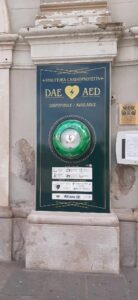
Where else should an AED be placed? Malls and retail parks, as well as public buildings, are other places visited by a large group of people. Here there is also a high risk of a person with cardiac problems (the risk of cardiac arrest is always higher in such people). Then the AED defibrillator will be an invaluable aid during a rescue operation. AED should also be found in sports facilities, especially in stadiums, but also in swimming pools, lakes, etc. These devices will help protect both players and spectators and ensure a sense of safety. Another location where an AED should definitely be located is city centers, markets and squares around which the life of the local community is centered. More and more housing estates and even housing communities decide to purchase and install AEDs. And rightly so, because these are yet another population centers inhabited by elderly, sick people who are at risk of cardiac ailments and sudden cardiac arrest.

